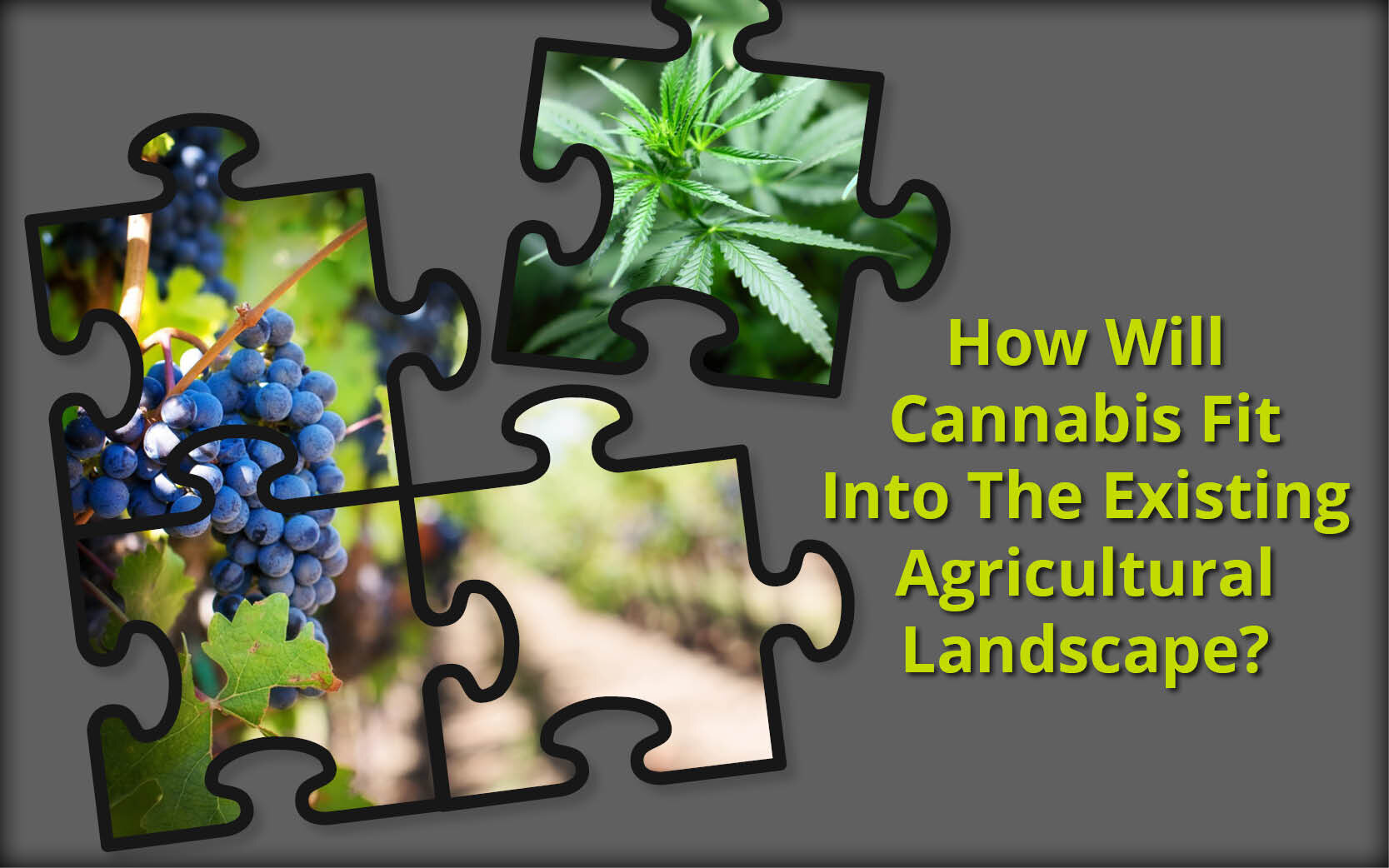California counties have taken a variety of approaches to the cultivation and sale of cannabis, particularly after the legalization of adult-use cannabis sales almost 2 years ago. We are starting to see patterns emerge for potential best practices in cannabis cultivation regulations at the county level. Discussions center on the interaction of cannabis crops with neighboring agricultural crops, whether it be existing wine vineyards and avocado orchards or newly introduced industrial hemp fields. There is the unknown of “terpene drift” of oils from cannabis cultivation sites onto adjacent properties. Conversely, there are the known possibilities of “pesticide drift” and cross-pollination that can cause the destruction of cannabis crops from failed laboratory testing or lowered product value over successive generations. Additional environmental effects to consider include the large quantities of water needed for cannabis cultivation and the amount of volatile organic compounds released during the harvesting process that can contribute to ground-level ozone formation when combined with nitrogen oxide emissions.
In Santa Barbara County, the planting of very large fields of outdoor cannabis cultivation (some up to 100 acres) in designated American Viticultural Areas has led to intense discussions of the impacts of terpene drift onto wine grapes. Volatile organic compounds are known to affect wine grapes as they grow because of the porosity of their skins. “Smoke taint” from fire exposure and “eucalyptus taint” from Eucalyptol terpene drift are documented through research. Cannabis terpene emissions measure at much higher rates than those of Eucalyptol, so there is understandable concern about the proximity of cannabis farms to vineyards. A second concern is the potential use of odor abatement systems that employ a mist of essential oils (also volatile organic compounds) at the edges of outdoor cannabis fields to remove detectable odors from the air. Professors in the Department of Viticulture and Enology at UC Davis are currently securing funding and approvals to research these issues and provide measured standards for decision-makers. They hope to generate preliminary data by the end of this year.
The current situation in Kern and Humboldt Counties highlights the differences between cannabis and industrial hemp, the latter defined by its low tetrahydrocannabinol (THC) content and therefore lack of psychoactive effect. Kern County has become the largest region of industrial hemp growers in California in the short amount of time since the legalization of hemp at the federal level in 2018. The County Board of Supervisors has been very open to new industrial hemp farms and cannabidiol (CBD) oil processing plants, while banning the cultivation of cannabis. The county is in the process of reconsidering its ban on medicinal cannabis dispensaries with an initiative on the ballot in March 2020.
The Humboldt County Board of Supervisors, on the other hand, recently moved to extend the existing industrial hemp cultivation moratorium until December 2020. Cannabis growers there have lobbied heavily against the allowance of industrial hemp, as industrial hemp and cannabis are two varieties of the same plant that cross-pollinate readily. Growers looking to produce cannabis for its THC content must have unpollinated female plants to exclusively produce the needed flower buds. Industrial hemp plants can either be male or female plants, meaning that male hemp plants could potentially pollinate female cannabis plants miles away, causing unusable seeds and a lower THC content in the next generations of the cannabis crop.
Researchers at Virginia Tech and University of Tennessee, Knoxville are working as a team to investigate pollen drift using air-sampling drones and genetically-engineered switchgrass and hemp plants. They hope to provide predictive data for pollination based on weather conditions, in turn informing legislation regarding agricultural setbacks to prevent unwanted pollination, pesticide drift and herbicide drift.
Each county has the legislative authority to decide its own agricultural priorities that will in turn determine what uses are allowed, as well as minimum setbacks and maximum overall sizes. It’s helpful to know that researchers are investigating these specific topics to inform the land planning discussion.
RELATED ARTICLES OF INTEREST:
Environmental Concerns:
Amid ‘Green Rush’ of Legal Cannabis, California Strives to Control Adverse Effects on Water
The Environmental Downside of Cannabis Cultivation
Terpene Effects:
Can Cannabis and Wine Coexist?
UC Davis Professor Oberholster's home page
Hemp Cross-Pollination:
Cross-pollination drives growing disputes between marijuana, hemp farmers
Kern quickly rises to become California's top hemp-producing county
Cannabis Land Use Ordinance Amendment
Humboldt county: Video clip of December 10, 2019 vote on hemp moratorium



